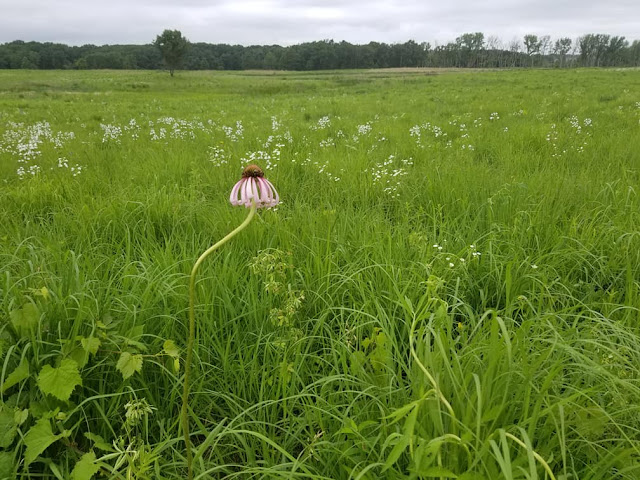Notas naturales: Los aves los cuales se puede ver de tu ventana.

This blog post is my first attempt of publishing entirely in Spanish. For those that are fluent in Spanish, please lend me your feedback and suggestions for improvement. Thank you. - Alex Palmer ~ Si vives en algún lugar alrededor de Chicago que tenga por menos algunos poco arboles, verás a menos algunos aves. Los aves están en casi todos lugares, pero los lugares con más árboles tienen más especies de aves. En esto entrada de blog, vamos a aprender sobre algunos aves comunes los cuales puede ver de tu ventana durante el invierno en la región Chicago. Mirlo Primavera . Esto ave no solo aquí durante la primavera. Los tenemos también en el invierno. Sin embargo, la comida de este ave se cambia a frutas en lugar de los gusanos. Muchas arbustos ornamentales mantienen sus bayas por el vierno, se les proporciona comida durante la clima dura. Fig. 1: Mirlo Primavera. Foto de Jakub Fryš vía Wikimedia Commons ...


